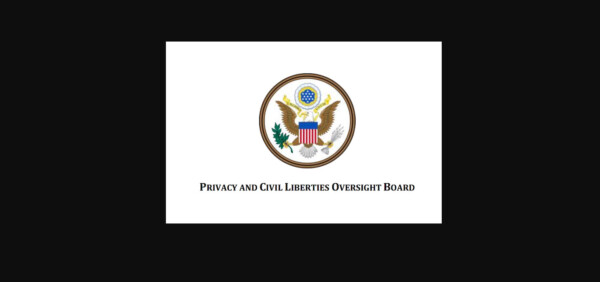

or allied Armed Forces or other U.S or allied personnel and (6) transnational criminal threats, including illicit finance and sanctions evasion related to the other purposes named in this section. (1) espionage and other threats and activities directed by foreign powers or their intelligence services against the United States and its interests (2) threats to the United States and its interests from terrorism (3) threats to the United States and its interests from the development, possession, proliferation, or use of weapons of mass destruction (4) cybersecurity threats (5) threats to U.S. Under Section 2 of the directive, such data may be used only to detect and counter: Restrictions on Use of Bulk Collected Information. One of the potentially significant advances contained in PPD-28 is its restrictions on the use of signals intelligence collected in bulk. In short, the PPD-28 report is cut from a very different cloth than the PCLOB’s previous major reports, and it falls short of what we should expect from the government’s only independent civil liberties watchdog. And the report fails to address some of the most open-ended aspects of the directive-the ones for which information about implementation is most necessary. Its authors seem not to notice discrepancies between the agency policies they describe and the directive. It focuses largely on the agencies’ official interpretations of the directive, as set forth in their public procedures, without digging in to the actual implementation of these procedures. It adds surprisingly little new information to what was already in the public domain.



Unfortunately, the PPD-28 report fails to deliver. After all, the PCLOB had conducted an exhaustive investigation into the Foreign Intelligence Surveillance Act (FISA) Section 702 and secured the declassification of an enormous amount of information about how Section 702 operates. There was reason to hope that the Privacy and Civil Liberties Board (PCLOB) would provide those details in its Report to the President on the Implementation of Presidential Policy Directive 28, which was finalized in December 2016 but just became publicly available last week following a Freedom of Information Act request filed by New York Timesreporter Charlie Savage. At the time, civil liberties advocates-including the Brennan Center-praised the general principles that PPD-28 set forth, but cautioned that the devil was very much in the details of how it would be implemented. In an attempt to manage this fallout, President Obama in January 2014 issued Presidential Policy Directive 28 (PPD-28), which established principles to guide signals intelligence activities (basically, electronic surveillance) with an eye toward protecting the “legitimate privacy interests” of foreigners. Edward Snowden’s revelations that the NSA engaged in massive spying operations overseas prompted outrage and political blowback from our closest allies.


 0 kommentar(er)
0 kommentar(er)
